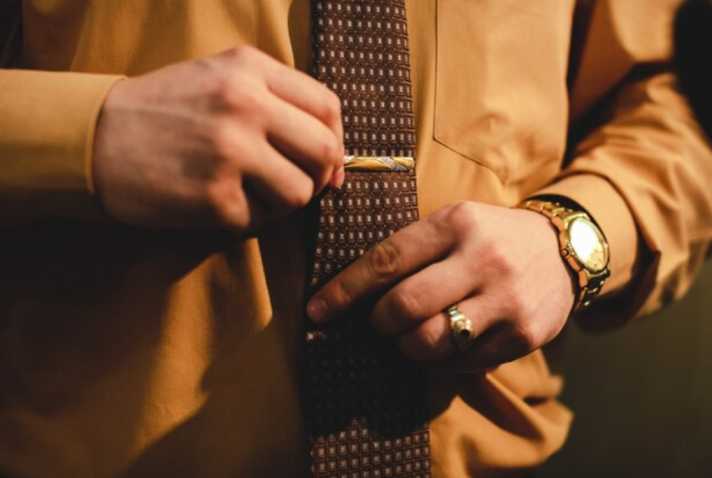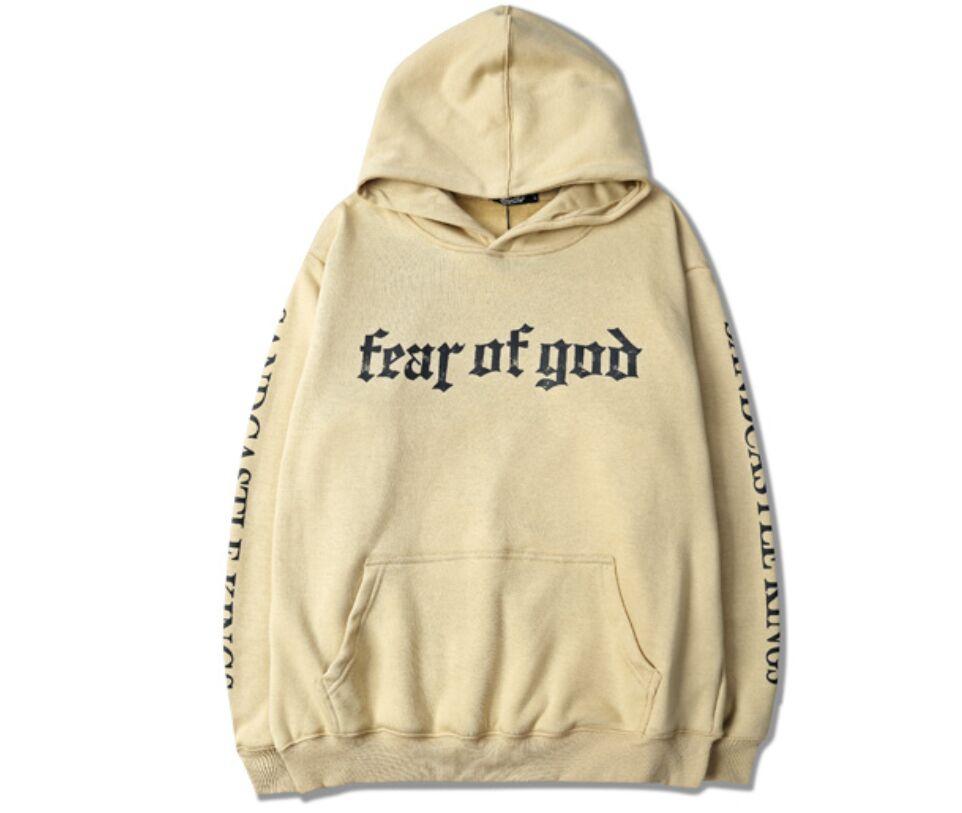Introduction:
For centuries, watches have held a special place as both functional timekeeping instruments and fashionable accessories. They not only serve the purpose of telling time but are also often seen as a reflection of an individual’s taste, personality, and, on occasion, a symbol of their social status. When it comes to acquiring a watch with character and a history of its own, the horological world frequently presents two key terms: “vintage” and “pre-owned.” While these terms may appear interchangeable at first glance, they come with distinct connotations and differences. In this exploration, we will delve into the realm of vintage and pre-owned watches, shedding light on what sets them apart, especially when it comes to buying used watches.
Defining Vintage Watches:
Vintage watches are typically characterized by their age and historical significance. While there is no universally agreed-upon definition, watches are generally considered vintage when they are at least 20 to 30 years old. These timepieces often evoke a sense of nostalgia, harking back to a bygone era. They have unique designs, materials, and craftsmanship that represent the trends and technologies of the time they were made.
Vintage watches can be further categorized into several sub-genres based on their age and historical context:
Antique Watches: These are watches that are typically over 100 years old and are often considered historical artifacts.
Classic Vintage Watches: Watches produced from the early 20th century to the mid-20th century, often characterized by mechanical movements and timeless designs.
Retro Vintage Watches: Watches from the late 20th century with designs influenced by the fashion and technology of that era.
Defining Pre-Owned Watches:
Pre-owned watches, on the other hand, are a more general category that encompasses all used timepieces, irrespective of their age. A watch becomes pre-owned as soon as it is worn by its first owner, even if it is just for a day. These watches can be relatively new or older, and they can come from a variety of brands and styles. The distinguishing factor is that they have been previously owned or worn, but they may not necessarily be vintage.
Distinguishing Characteristics:
Age:
The most fundamental difference between vintage and pre-owned watches is their age. Vintage watches have historical significance and are typically several decades old, while pre-owned watches can be of any age, from just a few days to a few years. This age gap leads to variations in design, technology, and materials used in the construction of the timepieces.
Historical Significance:
Vintage watches often hold historical importance, either due to their role in horological innovations or their association with a particular era. Pre-owned watches, while they may still be valuable and of high quality, do not carry the same historical weight as vintage pieces.
Design and Aesthetics:
Vintage watches often feature unique designs that reflect the style of the era in which they were created. These designs may include distinctive dials, case shapes, and materials that are no longer commonly used. Pre-owned watches, in contrast, come in a wide range of designs and styles, from contemporary to classic, depending on their age and brand.
Rarity and Collectibility:
Vintage watches are often more limited in supply and, therefore, tend to be rarer and more collectible. Collectors and enthusiasts seek out vintage timepieces for their historical significance and unique features. Pre-owned watches, while they can also be collectible, are generally more readily available in the market.
Condition:
The condition of a watch is crucial in both categories, but it can vary significantly. While some vintage watches may show signs of wear due to their age, they are still highly sought after in good condition. Pre-owned watches can range from like-new to heavily worn, depending on the care of their previous owners.
Investment Value:
Vintage watches often appreciate in value over time, making them attractive investments for collectors. They have a track record of holding and increasing in value, particularly for rare or iconic models. Pre-owned watches, while they can still be valuable, may not have the same investment potential as vintage pieces.
Conclusion:
In summary, vintage and pre-owned watches differ in terms of age, historical significance, design, rarity, and investment value. Vintage watches are prized for their historical importance, unique designs, and collectibility, while pre-owned watches encompass a broader range of timepieces, including newer and more readily available models. Both categories have their appeal and are appreciated by watch enthusiasts for different reasons. Whether you are drawn to the nostalgia and craftsmanship of vintage watches or prefer the versatility and modernity of pre-owned pieces, the world of horology offers something for every watch lover.




